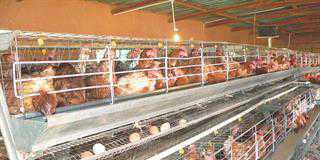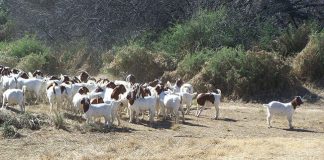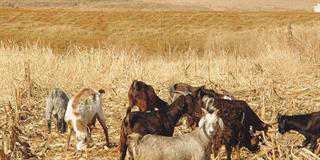If brucellosis is detected in a herd of cattle, affected animals are branded and earmarked for either immediate slaughtering or, under exceptional circumstances, postponed slaughtering. Should slaughter be undertaken at an abattoir, a Red Cross permit from the state vet is needed before transportation can take place.
You also need to inform the abattoir involved so that it can take adequate biosecurity precautions.
Meat is not affected by brucellosis, as the bacteria target the uterus, udder and testicles (these organs are condemned). Some bacteria may be found in lymph nodes, but these are removed during normal meat inspection processes.
Postponement of slaughtering will only be considered when:
- Animals of good quality such as high milk producers are involved;
- The percentage of animals infected is high (20% to 30%);
There is a specific reason for postponement in respect of specific animals, such as cows at the peak of their lactation or cows with small calves at foot.
Positive animals must be C-branded (so they can be identified immediately should they escape from isolation) and separated in such a way that they pose no danger to uninfected animals.
The cow must be slaughtered after the current lactation period has passed, or the calf has been weaned. That is, within 12 months, and a cow must not be permitted to become pregnant again. The purpose of postponing slaughtering is to enable the owner to make alternative arrangements, and not to keep on farming indefinitely with an infected herd.
Milk from an infected herd must be boiled, pasteurised or sterilised before it can be used or made available for human or animal consumption.
Avoid risky practices
Key principles to fighting brucellosis:
- Vaccinate your heifer calves between the ages of four to eight months with Strain 19, or RB51;
- Do not buy in cattle from herds of unknown health status (Brucella-infected cattle do not look sick);
- Avoid buying in unvaccinated cattle;
- Do not share pastures;
- Test your cattle on a regular basis;
- Avoid buying or selling cattle from an infected herd;
- Do not allow infected heifers or cows to calve down on your farm;
- Don’t think “It’ll never happen to my herd” – it can happen to any livestock farmer.
Source: Ruminant Veterinary Association of South Africa (RuVASA), a group of the South African Veterinary Association.













